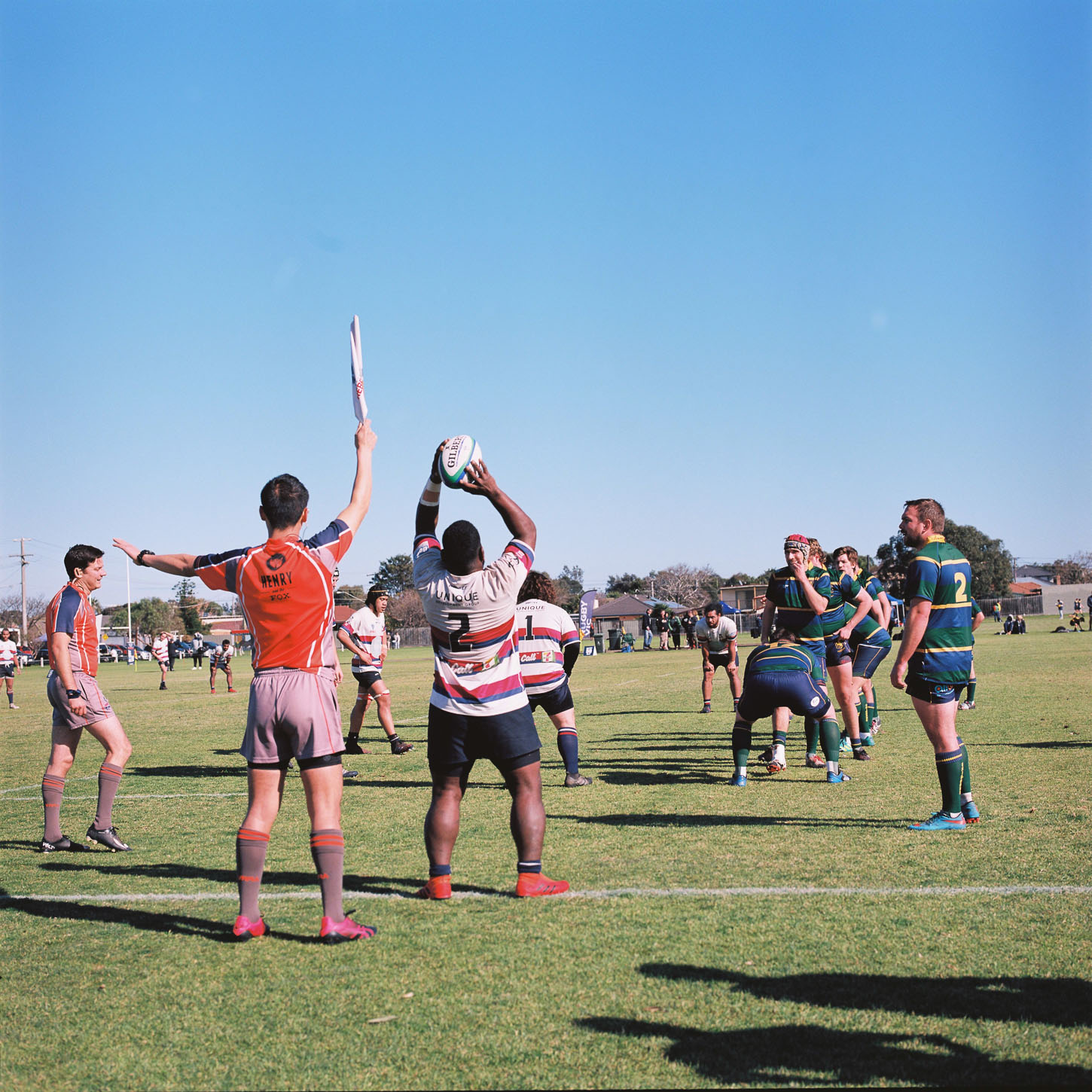Interesting lens, Vince. I have the Distagon 50mm f/3.5 T* from about 1973 or so. I like it but it's large and somewhat heavy compared to the Planar 80 f/2.8 T*. Lovely imaging qualities, however.
The new screen I bought for the 500CM body that are made to use with the digital backs improve focusing for any lens. Expensive but I'm glad to have them, makes lenses like the 50 much easier to nail focus with regardless of back.
As I mentioned elsewhere, the A16 back I acquired turned out to need seals and a general clean up and service. David Odess has it now, has sent me the repair estimate that I approved, so hopefully I'll have it back for some shooting again soon.
A problem that I'd noticed with the 907x/CFVII-50c SE back when I bought it has resurfaced: intermittently, when I fit the camera to a copy stand nose down for negative or print capture, the control screen stops working consistently and the camera eventually locks up. After some more discussion with Customer Service, it was decided to send the camera and back to them so that engineering in Sweden could look at it and determine what was going wrong, do whatever repair is required. So it's on the way there now, I'll likely be without it for a month or so.
No matter, really. I have plenty of exposures I've made to work on, and of course I have plenty of other cameras to keep myself amused. Time to spend thinking about and working on a new book project rather than be out shooting is a good thing.
G












